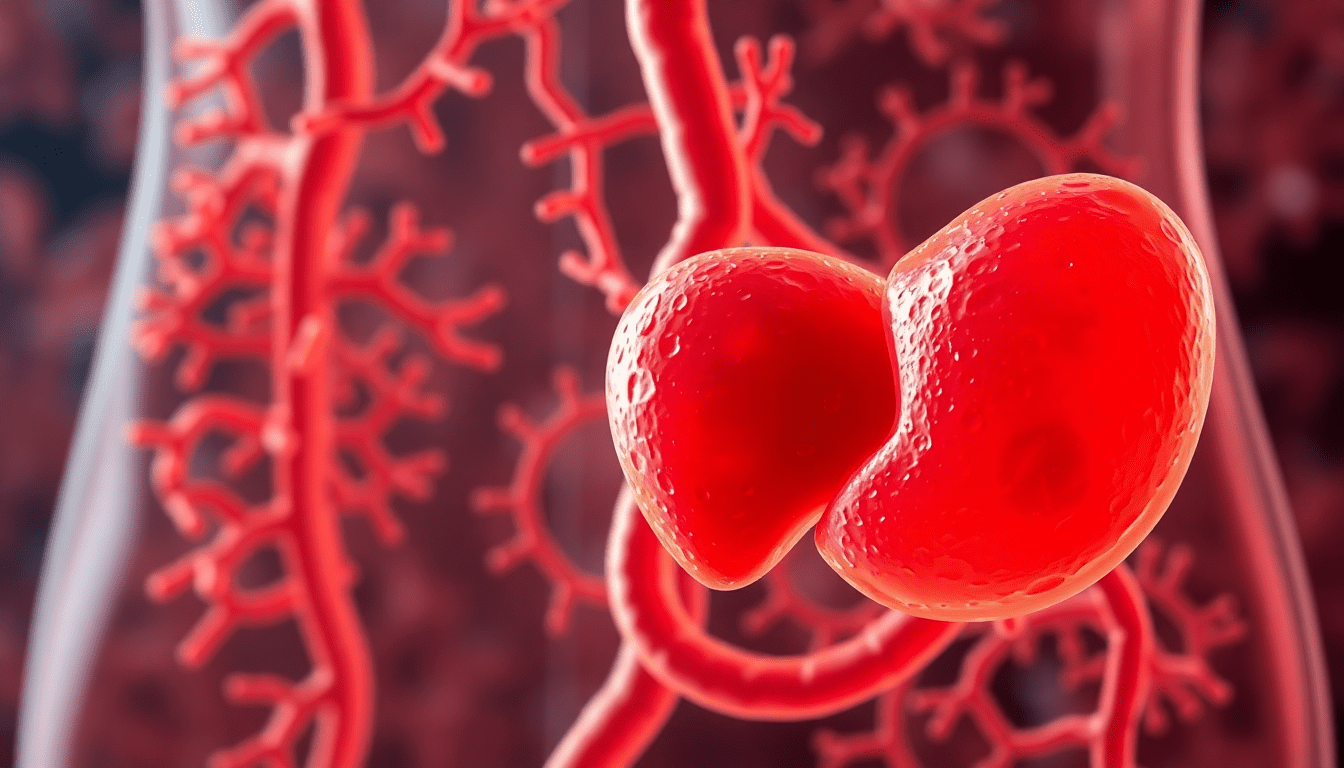
Gut Microbiome and Fatty Liver: How Gut Health Impacts Liver Disease
Gut Microbiome and Fatty Liver: Understanding the Vital Connection The gut microbiome plays a crucial role in maintaining our overall... Read more
Fatty liver disease symptoms aren’t always obvious in the early stages, which is why it’s important to be aware of the warning signs you shouldn’t ignore. In many people, the early fatty liver disease symptoms are subtle and may include persistent fatigue, a sense of fullness or mild discomfort in the upper right abdomen, and slight, unexplained changes in weight. Some individuals may notice dark urine or pale stools, but those signs are less common and can indicate other conditions. Since fatty liver disease, including NAFLD, can be silent for years, regular medical checkups and liver-focused blood tests are especially important if you have risk factors like obesity, type 2 diabetes, high cholesterol, or insulin resistance. Understanding what these fatty liver disease symptoms mean helps you act sooner. Fat accumulation in the liver can drive inflammation and metabolic changes, boosting cardiovascular risk and contributing to insulin resistance over time. The absence of obvious symptoms does not guarantee a healthy liver, so if you notice persistent signs, speak with a clinician who can review liver enzymes, imaging results, and your overall metabolic health. Early detection paired with lifestyle changes can make a meaningful difference in your liver health and long-term well-being. Practical steps to protect your liver are rooted in sustainable lifestyle habits. Aim for gradual, attainable weight management through a balanced, fiber-rich diet—plenty of vegetables, fruits, whole grains, and legumes—and combine that with regular physical activity (a mix of aerobic and resistance training). Limit alcohol and avoid unnecessary medications that stress the liver, while actively managing blood sugar, cholesterol, and blood pressure with your healthcare provider’s guidance. Prioritize quality sleep, minimize added sugars, and stay hydrated. If you’re looking for a science-backed framework to guide these changes, a gut-health focus can be particularly helpful because the gut-liver axis plays a key role in metabolic health. How InnerBuddies fits into this. InnerBuddies provides a white-label Gut Health Operating System that powers many brands’ gut microbiome testing, turning complex data into actionable insights. The platform features the Gut Microbiome Health Index (a 0–100 score) based on an exclusive IP deal with EAFIT University in Colombia, plus detailed bacteria abundances and categorized bacterial functions so you can see how you compare with a healthy cohort. Target Group analysis delves into specific contexts—such as Healthy Aging, Endurance Sport, or Skin & Hair Health—while personalized nutrition advice uses your 3-day food diaries alongside stool data to tailor dietary guidance, and personalized probiotics and prebiotics recommendations align with your unique microbiome. These capabilities are available to consumers directly as well as to B2B partners via white-label solutions. To learn more, visit the InnerBuddies microbiome test product page, explore ongoing support on the InnerBuddies gut health membership, or discover partnership options at the InnerBuddies B2B partner page.

Gut Microbiome and Fatty Liver: Understanding the Vital Connection The gut microbiome plays a crucial role in maintaining our overall... Read more